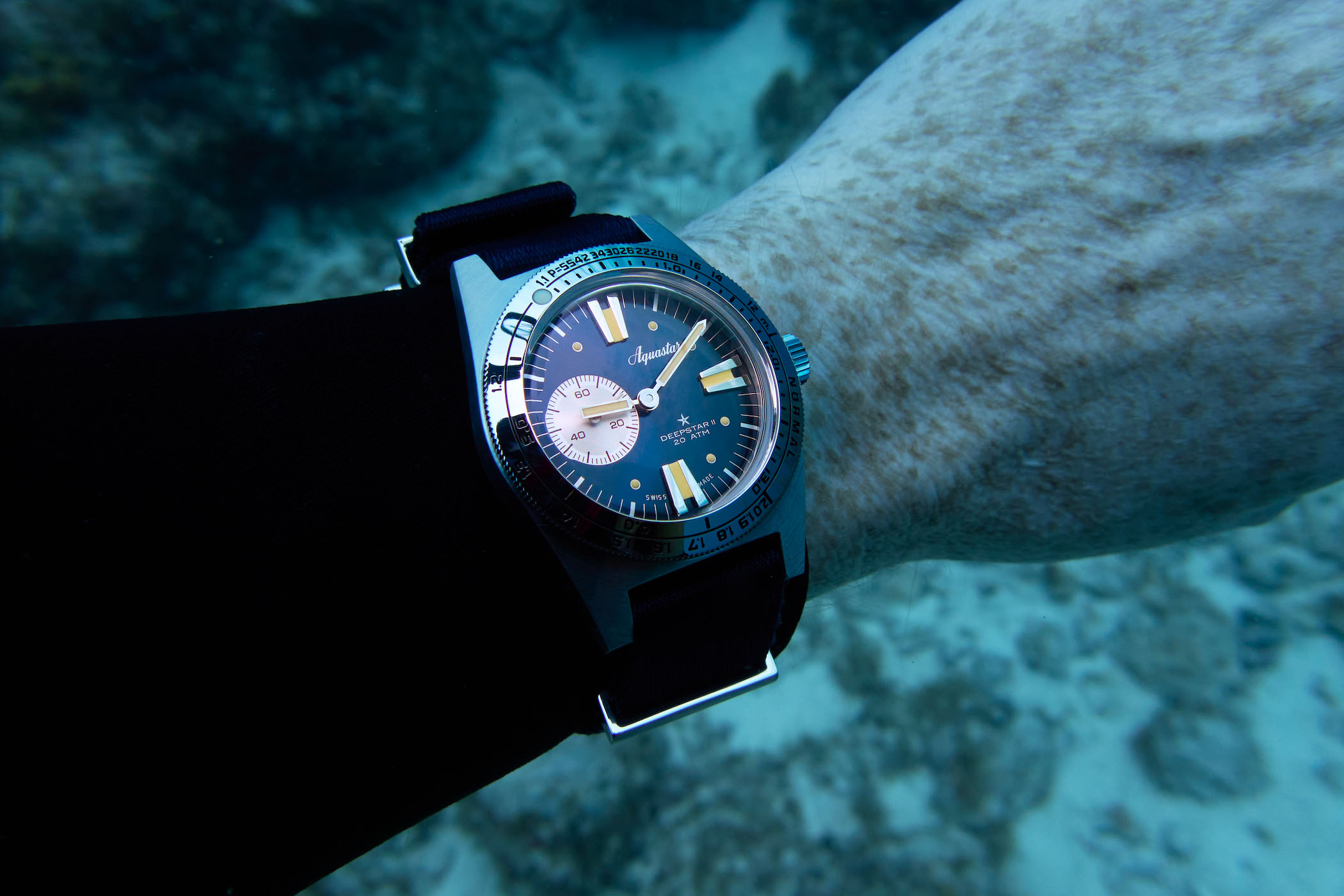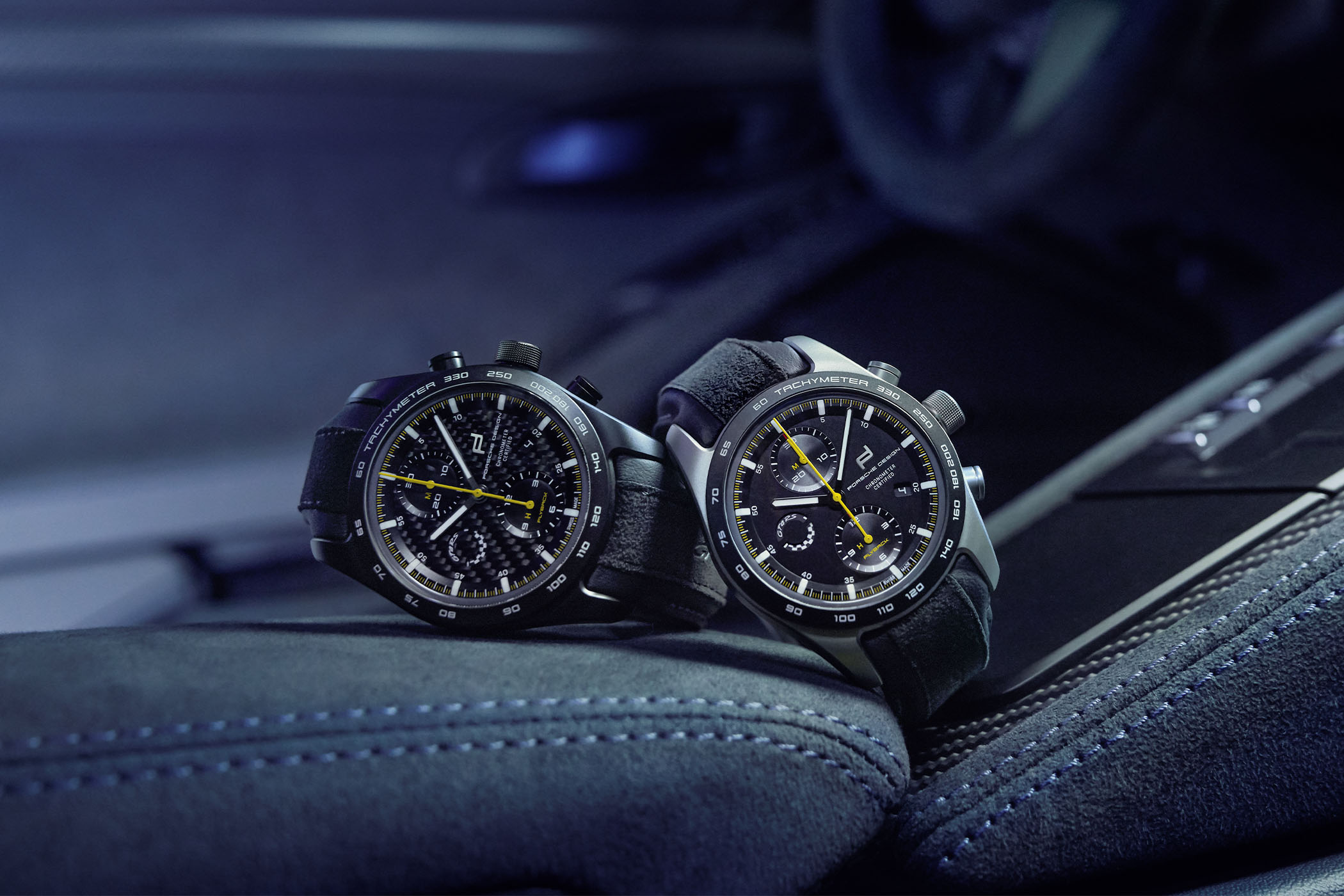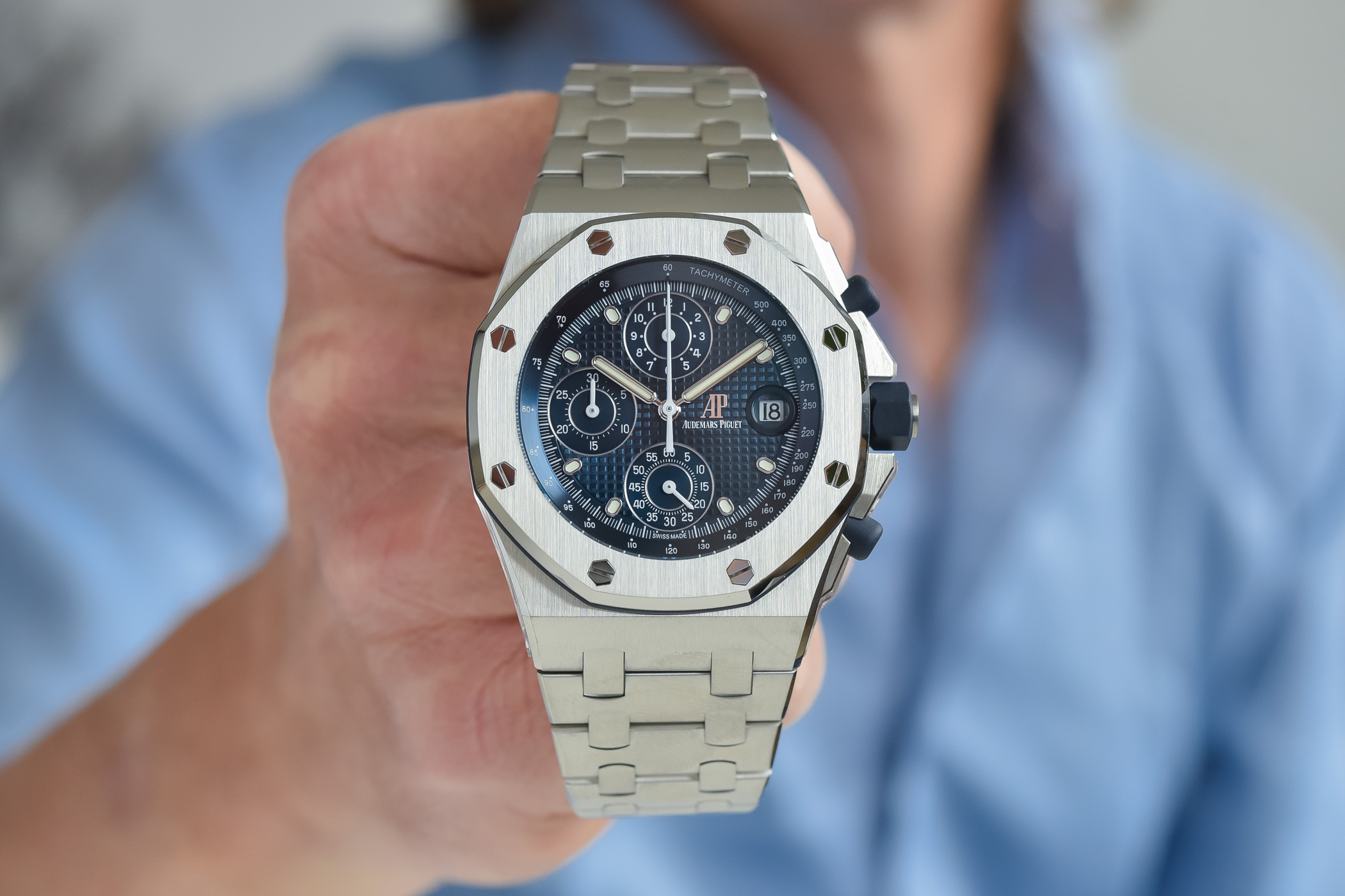WatchTime Wednesday: The history of the Jaeger LeCoultre Reverso

Thanks to its ingenious rotating case, the Jaeger LeCoultre Reverso is one of the most famous models in the watchmaking industry. Introduced more than 80 years ago, it is still totally faithful to its origins. You just have to look at the actual editions, such as the Reverso Ultra Thin 1948 with Fabriqué En Suisse on the dial or the Grande Reverso Ultra Thin 1931 Pink Gold Case and Chocolate-toned Dial, to understand the link between history and modernity.

 The Jaeger LeCoultre Reverso is a legend that arose from a practical need. In the early 1930s, a group of Polo players asked César de Trey, a watch dealer, to create a timepiece robust enough to survive to the brutality of their sport; a request that César de Trey sent to Jacques-David LeCoultre. René-Alfred Chauvot, the French engineer in charge of the development of this new watchcase, didn’t use a protective grill on the top of the watch (a process used for WW1 military watches.) Instead, he designed a reversible case in order to protect the fragile dial and glass of the watch.
The Jaeger LeCoultre Reverso is a legend that arose from a practical need. In the early 1930s, a group of Polo players asked César de Trey, a watch dealer, to create a timepiece robust enough to survive to the brutality of their sport; a request that César de Trey sent to Jacques-David LeCoultre. René-Alfred Chauvot, the French engineer in charge of the development of this new watchcase, didn’t use a protective grill on the top of the watch (a process used for WW1 military watches.) Instead, he designed a reversible case in order to protect the fragile dial and glass of the watch.
The Manufacture LeCoultre patented the concept of ‘a watch that is able to slide out of its frame and turn around completely’ on March 4, 1931. Using grooves, pins and a locking mechanism, the central part of the case can rotate 180 degrees. This is not only a practical construction but also an aesthetically elegant design, as it gives the watch both a very casual and dressed face and a robust, plain caseback for sport purposes.
The serial production of the Jaeger LeCoultre Reverso came quickly after its creation, and the Geneva-based company Wenger was in charge of manufacturing the cases. The dial design is based on Art-Deco geometric forms, with minimalistic indexes and simple hands. The Reverso first came with a manually wound movement with small second at 6, as the modern Grande Reverso 1931 re-edition does.
The Reverso was a real success for LeCoultre and a full collection was developed, helped by famous wearers: polo players, skiers and racing drivers popularized the Reverso as the first luxury sports watch. The long life of the Reverso is no surprise, and its two-faces design was an opportunity for several facelifts, new complications and many special editions
A large collection
The collection now includes the Grande Reverso 976, a larger, more masculine version at 30mm x 48.5mm, with a see-through caseback to admire the hand-wound movement, or the Reverso Classique, the only quartz edition of the men’s collection.

The Reverso came with almost every existing complication, from simple GMT to Grande Complications, as for example:
- The Reverso Grande Date, with a day and night indicator and a big date on the front, and a second time zone, a GMT complication and an 8-day power reserve on the backside.
- The Reverso Grande Sun Moon was also equipped with an 8-day power reserve movement, the hand-wound Calibre 873. The front presents the moon-phases and a day and night indicator. The sapphire caseback shows the hand-finished movement, with jewels and blued screws that represent a celestial sky.
Even if most of the Reversos are equipped with hand-wound movements, the collection also offers the Grande Automatique with the Calibre 970, which features an outsize date, a GMT display and a day and night indicator.
In 1994, Jaeger-LeCoultre launched the Reverso Duoface that came with two dials – one on each side – for a single movement, the Calibre 854/1. It can indicate two different time zones and has a day and night indicator.

For the 75th anniversary of the Reverso, Jaeger-LeCoultre came out with a brand new interpretation, the “Squadra” collection, named after its square shape. With its sporty and generously sized case – 50.5mm x 34.0mm – it emphasizes its roots with Polo. The collection is composed of the Squadra Hometime, a GMT watch with day and night indicator and the automatic Calibre 977; the Squadra Chronograph GMT with second time zone and big date, equipped with the automatic Calibre 754; and the Squadra World Chronograph, a limited edition with world-time indication on the back of the titanium case.
Three dials in a single watch
The concept of having two faces on a single watch is already quite rare. But the Reverso Grande Complication à Triptyque surpasses the concept and introduces three dials – a very complicated display that needed four years of development. This Reverso is an exceptional timepiece that boasts three dials for three different groups of indications – ‘normal’ time, sidereal time and perpetual calendar. This Grande Complication movement allows 19 indications, spread over the three dials, and is composed of 642 parts. The Grand Reverso à Triptyque is limited to 75 pieces and is priced at an impressive 335,000 euros.

For its 175th anniversary, Jaeger-LeCoultre presented the Gyrotourbillon, housed for the first time in the square case of the Reverso. The spherical tourbillon presents a unique choreography with an outer cage that rotates once a minute and an inner one that rotates in three minutes.
The Reverso celebrated its 80th anniversary in 2011 with models fully integrated in its tradition: a timeless design with elegant dials and the famous reversible case that offers room for either individual engravings or insights into the mechanics. Highlights from the anniversary collection include a particularly authentic reissue of the first model from 1931, as well as a technically unique minute repeater, the Reverso Répétition Minutes à Rideau. With these creations, Jaeger-LeCoultre proves its ability to create cult objects and demonstrates that the ‘Reverso legend’ lives and breathes. Even when taking some more varied forms and complicated displays, it hasn’t lost its original attraction.

The original article was published in German on watchtime.net and is republished here with permission.




2 responses
Interesting that Cyma’s Standard 355 (1929) does not get a mention!
Apologies, I had Ferrari on the brain. It should, of course, be 335! AM